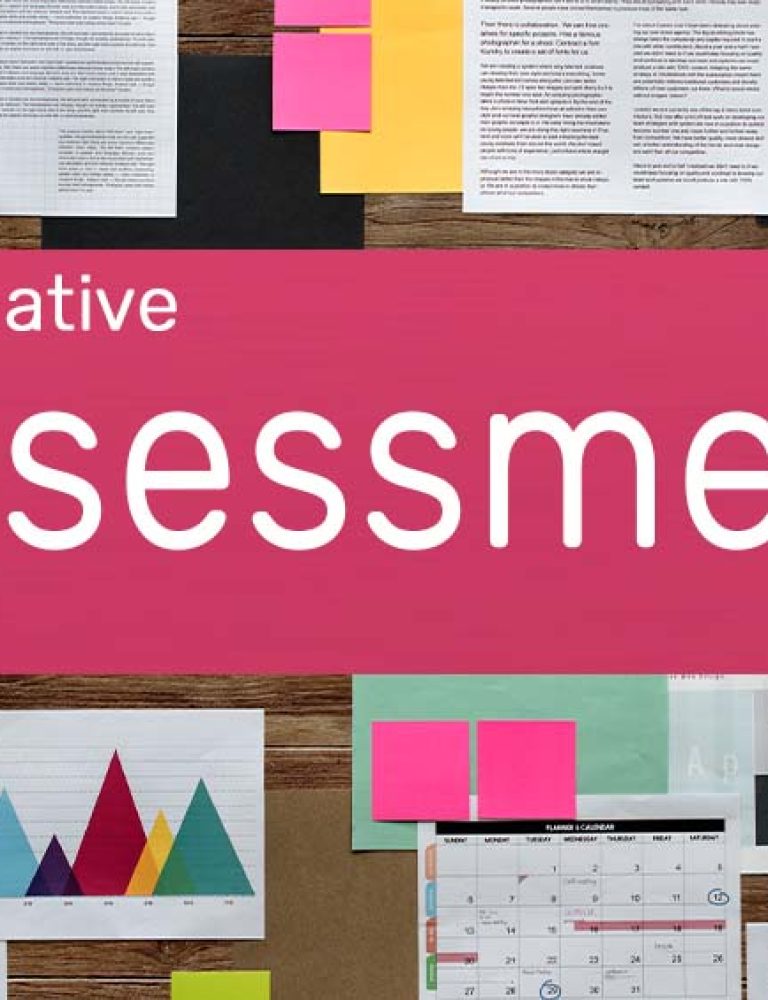Unlike traditional classrooms, where K12 education was sought only through a blackboard and textbooks, today, eLearning is delivered on diverse platforms. This is vital, as it facilitates effective learning with interactive elements and blended classrooms.
A prevailing trend involves multimodal learning incorporating video, audio, and interactive components. This calls for standardization in K12 education by maintaining content consistency, quality, style, and tone.
In this context, using digital textbook platforms like KITABOO becomes crucial, which plays a crucial role in delivering eLearning content. These tools provide AI-powered digital publishing capabilities, enabling editors to navigate the challenge of maintaining consistency in educational content.
Table of Contents:
I. Why is Content Consistency across Multiple Platforms Important for K12 Editors?
II. 7 Ways to Manage Content Consistency across Multiple Platforms for Editors
- Curriculum Mapping
- Creating a Comprehensive Style and Tonality Guide
- Centralizing Content Planning and Distribution
- Adapting Content Into Various Formats
- Conducting Insight-Driven Updates
- Organizing Team Training and Materials
- Introducing Feedback Loops
III. The Need For Content Consistency
IV. Conclusion
Why is Content Consistency across Multiple Platforms Important for K12 Editors?
K12 students consume content through a myriad of avenues today. To ensure that the quality of their educational journey is aligned across all platforms, editors need to ensure content consistency everywhere. With quality comes credibility. Here are a few reasons why content consistency is essential to K12 eLearning pathways.
- It aligns the course content across all platforms and formats with your organizational goals.
- It reinforces the same concepts and ideas learned across all platforms.
- It ensures that educational content’s branding, messaging, tonality, and visual representation remain the same across all platforms. This also helps students recognize the education brand or educational organization, creating an identity online.
- It ensures the content is relevant, updated, and effective for K12 education, especially when dealing with a large quantity of educational content.
- It streamlines the content creation process, making repurposing content for different formats easier. This is vital as pedagogy is a constantly evolving field.
7 Ways to Manage Content Consistency across Multiple Platforms for Editors
For editors, managing content consistency across platforms could be overwhelming and challenging. But when you follow these tips systematically, maintaining quality content and ensuring a uniform style and consistency will be effortless.
1. Curriculum Mapping
Ensure your content is mapped to different learning grades, languages, styles, etc. This makes presentation and alignment across platforms seamless. To further improve content alignment, you can set guidelines for each piece of content to pass through and choose a Learning Management System (LMS) that supports your needs thoughtfully. This also ensures content quality.
2. Creating a Comprehensive Style and Tonality Guide
Creating a unified visual representation of K12 content across all platforms is essential to make it appear cohesive. Create a guide that talks about the tone, language, formatting, fonts, navigation icons, visual aids, accessibility standards, etc., to bring consistency.
3. Centralizing Content Planning and Distribution
Many publishers use content calendars to plan the release of their content across all platforms. This ensures the content is released frequently, following a pre-set schedule. They also break the content into modules to make releasing content across all platforms easier.
Use tools that offer seamless content distribution from one platform, like KITABOO, which uses quick connector technology, to make content delivery glitch-free.
4. Adapting Content Into Various Formats
Using content modularity as a part of your strategy to manage content consistency across all platforms also makes the modules easily adaptable into various formats. For example, you can convert written text into a video to repurpose content effectively for a video platform.
Alternatively, creating content in compatible formats is essential to avoid glitches during delivery. This can be done by adopting a responsive design and a rigorous testing process.
5. Conducting Insight-Driven Updates
One of the most significant methods of ensuring content consistency and quality across platforms is to look at usage analytics. That is also something platforms like KITABOO offer for K12 editors and publishers.
Use the analytics to make data-driven decisions about pedagogical improvements and technological updates to ensure the content is relevant, accurate, and, consequently, high-quality. When you roll out these updates, plan for a synchronized version update across platforms to prevent students from accessing outdated information.
6. Organizing Team Training and Materials
Another essential way to maintain content quality is to train all the stakeholders in using the distribution platform, involve them in content planning, and familiarize them with the style guide.
You could hold weekly or monthly content management meetings to ensure everyone is on the same page. When your team is empowered with knowledge, content consistency follows.
7. Introducing Feedback Loops
Allow educators, students, and the community to share feedback to enhance content consistency and style. This can be done by hosting discussion forums, opening social media platforms, or simply sharing a form link to collect feedback.
The Need For Content Consistency
Implementing content consistency across all platforms by editors is possible by following the suggested methods in this article. It involves designing, editing, reviewing, updating, etc. Some prefer to use several resources to maintain content quality — for example, Bloom’s Taxonomy and Webb’s Depth of Knowledge used by instructors around the globe. To ensure consistency, you can use templates and themes for various learning components like quizzes, feedback, navigation, etc.
The top hurdles editors can overcome by managing content consistency are:
- Lack of branding and organizational identity.
- Tonal ambiguity.
- Misalignment to organization goals.
- Lack of uniform thought, too many cooks.
- Inefficient content delivery and not achieving maximum possible educational outcomes.
Conclusion
It is crucial to consider matching content quality and style with international standards, guidelines, and organizational ones. For example, to meet accessibility standards, the WCAG guidelines are a good reference. This not only ensures inclusivity but also aligns educational materials with global benchmarks.
For editors seeking advanced solutions, KITABOO emerges as a cutting-edge K12 digital textbook platform. This platform not only streamlines the delivery of digital content but also provides access to its powerful K.AI tools and insightful learning analytics. With additional features such as white labeling, DRM protection, and other valuable tools, KITABOO becomes an indispensable resource for maintaining content consistency.
To know more, write to us at KITABOO@hurix.com today!
Discover How An Ebook Conversion, Publishing & Distribution Platform Can Help You
Kitaboo is a cloud-based content platform to create-publish & securely distribute interactive mobile-ready ebooks.
You May Also Like







